Why Employee Retention is Important for Organisations
Employee retention is critical for the long-term success of any business. In Ireland, where the labour market remains competitive and companies are striving to attract and retain top talent, businesses need to invest in strategies to keep their employees engaged and committed. Retaining employees is about more than just avoiding the inconvenience of replacing staff; it impacts the company's reputation, financial health, and operational stability.
In this blog, we'll explore why employee retention matters, the cost implications of high staff turnover, and five actionable tips on how businesses can improve their retention rates.
The Cost of Replacing Staff in 2024
In 2024, the cost of replacing an employee has become more prohibitive than ever before. Estimates suggest that replacing an employee can cost a business anywhere from 33% to 50% of the employee’s annual salary. For example, replacing a mid-level employee with a salary of €50,000 could cost up to €25,000 or more when factoring in recruitment, training, and lost productivity during the onboarding process. For senior-level employees, these figures can be even higher. Indeed, in our experience, the direct costs of recruitment such as advertising, agency fees, and interview time make up a significant portion of the cost. However, the indirect costs, such as the loss of institutional knowledge, lower team morale, and decreased productivity, can have an even greater impact.
It's also worth keeping in mind that a constantly revolving workforce can erode company culture, disrupt continuity, and negatively affect the bottom line. In Ireland, SMEs, which form a substantial part of the economy, can be disproportionately affected by these high turnover costs due to their more limited resources.
The Impact of High Employee Turnover on Workforce Continuity
Workforce continuity is essential for maintaining a company's efficiency, culture, and productivity. When employees stay in their roles for an extended period, they gain valuable experience and understanding of company operations. This familiarity enhances their performance and allows them to contribute more strategically to the organisation. Continuity also helps foster strong relationships within teams and departments, making collaboration smoother and more effective.
On the other hand, constant staff changes create disruptions. New employees require time to get up to speed, and during this transition, the quality of work can suffer. Colleagues may feel burdened by taking on additional responsibilities while waiting for a new hire to settle in. In some cases, clients or customers may even notice the instability, which can undermine their confidence in the company’s ability to deliver consistent service.
High turnover can also drain managerial time and energy. Managers may find themselves frequently involved in recruitment and onboarding activities rather than focusing on growing the business or improving employee engagement. This constant cycle not only drains resources but also creates a sense of instability across the organisation, leading to a further decline in employee morale.
Brand Reputation and Employee Retention
A company’s brand is not just about its products or services - it’s also about how it treats its employees. In today’s digital age, where platforms like Glassdoor, LinkedIn, and other review sites allow employees to publicly share their experiences, a company with a high turnover rate can quickly gain a negative reputation. Job seekers are more informed than ever, and a reputation for constantly losing staff can make it harder to attract top talent. People will think twice about joining a company that seems unstable or doesn’t support its employees in the long term.
This bad reputation can extend beyond prospective employees. Customers, partners, and stakeholders may also perceive high turnover as a sign of internal issues, which can damage trust and weaken the company’s market position. From a brand perspective, consistency is key - and this applies to the workforce just as much as to products or services.
Impact on the Bottom Line
Ultimately, high turnover hits the bottom line. Aside from the direct and indirect costs associated with hiring, onboarding, and training, there’s the added challenge of productivity losses. Research shows that it can take a new employee anywhere from three to six months to reach full productivity in their role. During this period, the company is essentially paying for underperformance, which, when multiplied across multiple roles, can significantly impact revenue.
Moreover, high turnover rates can affect overall employee engagement. Employees who see their colleagues leaving frequently may feel demoralised, which can lead to reduced job satisfaction and even more exits. This creates a vicious cycle where disengagement leads to more turnover, which leads to further disengagement - all of which hurts the company’s bottom line.
Five Actionable Tips for Improving Employee Retention
The key to retaining employees lies in creating a work environment that promotes satisfaction, engagement, and growth. While there’s no one-size-fits-all approach, here are five HR-focused strategies that can help businesses in Ireland retain their talent.
1. Offer Competitive Compensation and Benefits
One of the most straightforward ways to retain employees is by offering competitive compensation and benefits packages. In 2024, employees are looking for more than just a good salary; they also want benefits that support their work-life balance, such as flexible working hours, remote working options, and wellness programmes. While wellbeing should not be the only focus, providing access to mental health support, gym memberships, or wellness days can signal that you value your employees' holistic well-being. Importantly, compensation packages should be regularly reviewed to ensure they remain in line with industry standards.
2. Create Opportunities for Career Growth
A lack of career progression is one of the top reasons why employees leave their jobs. Offering clear, achievable paths for advancement within the company can significantly boost retention. Employees want to feel that they are growing in their roles and not stuck in a dead-end job. Regular performance reviews, professional development opportunities, and internal promotions help create a sense of progress. Mentorship programmes can also be an effective way to nurture talent and keep employees motivated and engaged.
3. Foster a Positive Workplace Culture
A strong, positive workplace culture is one of the most powerful retention tools available. Employees are more likely to stay with a company where they feel valued, respected, and part of a supportive community. HR departments should work to foster a culture of inclusion, recognition, and open communication. Celebrating employee achievements, promoting a sense of camaraderie, and creating spaces where employees feel safe to share their thoughts can contribute to a more satisfied workforce.
Additionally, company values should align with those of the employees. Today’s workforce is increasingly purpose-driven, and employees want to work for companies that share their values. Whether it’s a commitment to sustainability, corporate social responsibility, or innovation, aligning your company’s mission with the aspirations of your workforce can create stronger connections and improve retention.
4. Provide Regular Feedback and Recognition
Recognition plays a key role in employee retention. People want to know that their hard work is appreciated. Companies should implement regular feedback loops where employees can receive constructive insights into their performance and be recognised for their contributions. This could be through formal performance reviews or more informal systems like peer recognition programmes or monthly awards. Acknowledging employee efforts publicly can go a long way in making them feel valued and motivated to stay with the company.
5. Encourage Work-Life Balance
Work-life balance continues to be a priority for employees in 2024, especially considering increased burnout rates in many industries. Offering flexible working hours, hybrid working arrangements, and ensuring that employees are not consistently overworked can help improve job satisfaction. A healthy work-life balance is crucial for long-term employee retention, as employees are more likely to stay with a company that respects their personal time and encourages them to maintain a fulfilling life outside of work.
Conclusion
Employee retention is not just about preventing turnover; it’s about creating a thriving work environment where employees feel valued, engaged, and motivated to contribute to the company’s long-term success. The cost of high turnover is significant - both financially and in terms of company culture and brand reputation. By implementing strategies focused on competitive compensation, career growth, workplace culture, recognition, and work-life balance, businesses in Ireland can reduce turnover rates and create a more stable, productive workforce.
Investing in employee retention is one of the most important decisions a company can make for its future success. At MSS – The HR People, we guide businesses through this process, ensuring that they not only attract the best talent but also keep it for the long haul.
New paragraph












